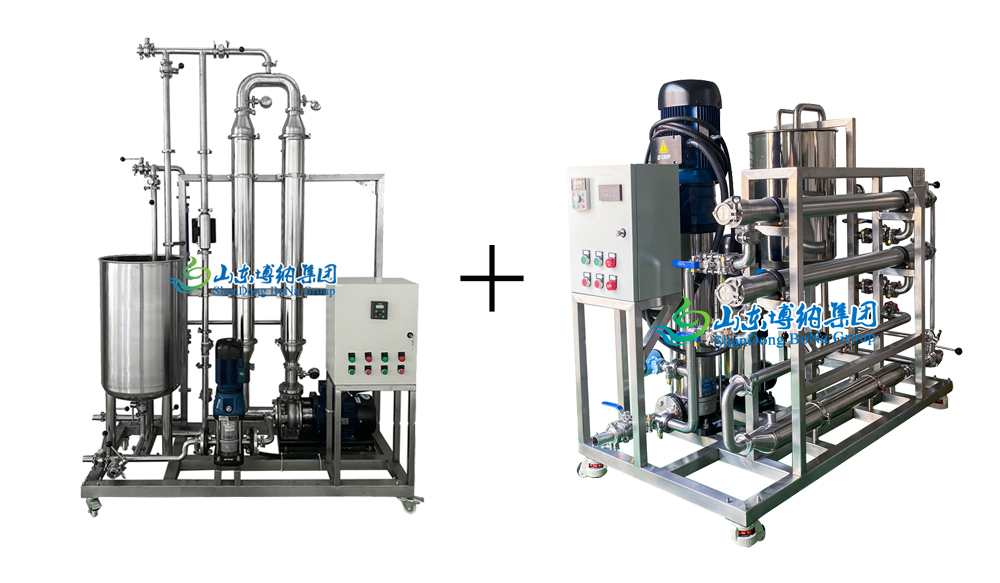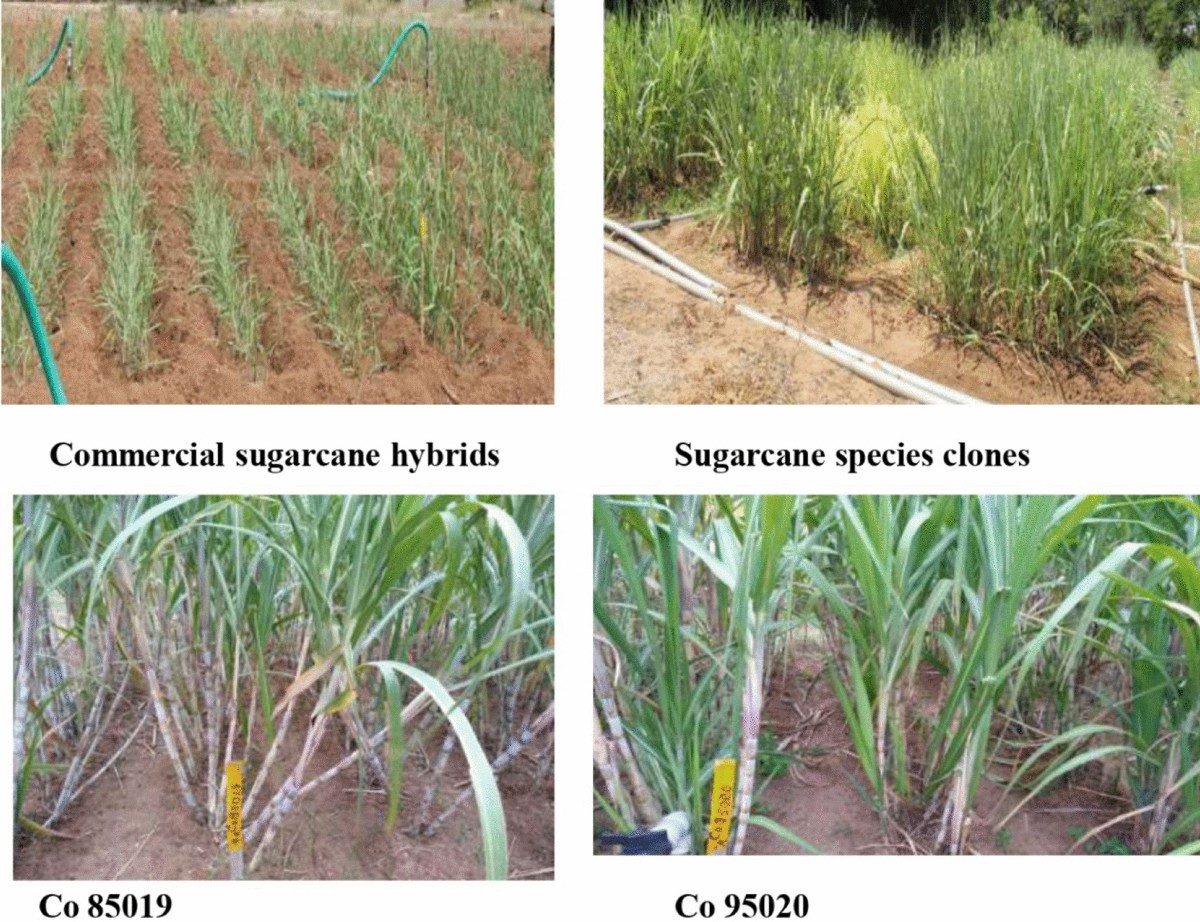Understanding the Economic Impact of Products From Sugarcane
Understanding the Economic Impact of Products From Sugarcane
Blog Article
Discover the Innovative Benefits of Products From Sugarcane for Sustainable Living
Sugarcane has arised as a pivotal source in the mission for sustainable living. Its diverse applications cover naturally degradable product packaging, renewable energy, and healthier food choices. As sectors look for green options, sugarcane's convenience supplies encouraging solutions. The real capacity of sugarcane expands past its current uses. Exploring its innovative benefits can reveal new pathways toward an extra sustainable future. What various other opportunities might this exceptional plant hold?

The Surge of Sugarcane as a Sustainable Source
As international recognition of environmental problems expands, sugarcane has actually become a famous sustainable source. This functional crop supplies a variety of advantages that add to eco-friendly techniques. Sugarcane is a renewable energy, qualified of prospering in diverse climates while absorbing carbon dioxide, consequently minimizing greenhouse gas discharges. Its fast development cycle enables constant harvesting, leading to a continuous supply of raw material.Additionally, sugarcane cultivation often needs less water contrasted to other plants, making it an efficient option in water-scarce areas. The spin-offs of sugarcane, such as bagasse and molasses, can be repurposed for various applications, decreasing waste and advertising round economy principles. Moreover, innovations in farming methods have actually resulted in more lasting farming approaches, even more boosting sugarcane's environmental account. As customers progressively seek lasting options, sugarcane attracts attention as a practical alternative for those dedicated to decreasing their eco-friendly footprint.
Naturally Degradable Packaging Solutions
How can naturally degradable product packaging services change the means customers approach sustainability? By making use of sugarcane-based products, these cutting-edge options provide an engaging choice to typical plastics. Biodegradable packaging made from sugarcane decomposes normally, significantly minimizing garbage dump waste and greenhouse gas exhausts. As consumers become significantly knowledgeable about their environmental impact, the need for sustainable packaging remains to rise.These sugarcane-derived products not only offer sensible functions but likewise align with eco-conscious consumer worths. They provide a tangible way for people and organizations to add to a circular economic climate, advertising resource efficiency and decreasing ecological impacts. In addition, as industries adopt eco-friendly choices, they foster a society of sustainability that resonates with a growing demographic seeking responsible choices.In essence, naturally degradable packaging services from sugarcane represent an important step ahead in sustainable practices, equipping customers to make eco-friendly choices without giving up convenience or top quality.
Renewable Resource Generation From Sugarcane
A substantial portion of renewable resource generation can be originated from sugarcane, showcasing its flexibility beyond conventional farming usages. Sugarcane biomass, consisting of bagasse and leaves, is a powerful source for bioenergy manufacturing. This biomass can be exchanged biofuels such as ethanol, which acts as a cleaner alternative to fossil fuels. In addition, the combustion of sugarcane byproducts creates steam and power, offering an energy source for sugar mills and close-by communities.The cultivation of sugarcane additionally adds to carbon sequestration, as the plants soak up co2 throughout their development cycle. By making use of sugarcane for energy, waste is reduced, and lasting practices are urged. This sustainable energy method not just sustains power requirements however likewise advertises country advancement, producing jobs in bioenergy markets. Generally, sugarcane stands out as a vital gamer in the shift to sustainable energy services, lining up with worldwide efforts to lower carbon footprints.

Eco-Friendly Textiles and Fabrics
Eco-friendly fabrics and materials originated from sugarcane provide a promising option to traditional products. These eco-friendly choices not only decrease environmental impact yet likewise supply longevity and performance equivalent to traditional materials. Sustainable manufacturing processes better improve their allure, making them an indispensable component of a lasting way of living.
Eco-friendly Material Alternatives
Why is the modification towards biodegradable fabric choices essential for sustainable living? The enhancing understanding of environmental degradation has motivated a search for alternatives to conventional textiles, which often contribute to contamination and waste. Biodegradable textiles, derived from renewable energies such as sugarcane, use a promising remedy. These materials break down normally, reducing land fill accumulation and decreasing ecological influence. In addition, they can help lower carbon footprints and reliance on fossil fuels. As customers come to be a lot more eco-conscious, the demand for lasting fabrics grows, encouraging manufacturers to invest and innovate in eco-friendly alternatives. This modification not just sustains lasting methods yet additionally promotes a circular economy, paving the method for an extra accountable method to fashion and textile manufacturing.
Longevity and Efficiency
Sturdiness and performance are essential elements when assessing eco-friendly fabrics and materials. Sugarcane-derived products demonstrate remarkable stamina and durability, making them ideal for different applications. These textiles often exhibit exceptional moisture-wicking properties, which boost comfort in daily wear. Additionally, their natural fibers add to breathability, guaranteeing that garments stay wearable and fresh even in requiring conditions. The performance of sugarcane-based textiles reaches their resistance to use and tear, allowing items to keep their integrity with time. These green fabrics can be dealt with to improve UV security and tarnish resistance, meeting the practical demands of customers without jeopardizing sustainability. Eventually, sugarcane materials use an unified equilibrium of toughness and efficiency, appealing to environmentally aware individuals.
Sustainable Production Processes
The excellent longevity and efficiency of sugarcane-derived fabrics are complemented by sustainable manufacturing processes that focus on ecological responsibility. These processes use eco-friendly resources, minimizing reliance on fossil gas and reducing carbon impacts. By harnessing the spin-offs of sugarcane cultivation, makers can create green textiles while promoting waste decrease. Advanced techniques, such as water-efficient dyeing and biodegradable therapies, further enhance the sustainability of these fabrics. Furthermore, making use of non-toxic chemicals assurances that the production procedure does not harm environments or Going Here human health and wellness. This commitment to sustainability not just attract environmentally aware customers yet likewise supports regional economies by advertising lasting farming techniques. On the whole, sugarcane-derived textiles represent a significant step in the direction of a greener future in the style industry.
Sugarcane-Based Biofuels and Their Influence

Sugarcane-based biofuels have emerged as a substantial different power source, using an eco-friendly service to the globe's growing power needs. These biofuels, stemmed from the fermentation of sugarcane juice or molasses, present a more sustainable choice compared to nonrenewable fuel sources. Their production procedure generates reduced greenhouse gas discharges, contributing to climate change reduction efforts.Additionally, sugarcane biofuels can boost power protection by expanding energy sources and minimizing dependancy on imported oil. The cultivation of sugarcane additionally advertises rural advancement, producing work and promoting regional economies.However, concerns relating to land use and food competitors persist, as increased biofuel manufacturing might impact food supply chains. Lasting farming methods are essential to stabilizing these making sure and contending rate of interests that biofuel production does not undermine food security. On the whole, sugarcane-based biofuels stand for an appealing opportunity for a greener energy future, gave that their social and environmental effects are meticulously managed.
Much Healthier Alternatives: Sugarcane in Food Products
While many customers seek healthier choices in their diets, sugarcane items provide a healthy option to improved sugars and fabricated sweeteners. Obtained from the natural removal of sugarcane juice, these items maintain important nutrients, consisting of nutrients, that are frequently lost in refined sugars. Sugarcane includes anti-oxidants and dietary fiber, adding to total wellness and wellness.Many health-conscious people are turning to sugarcane syrup and jaggery, which give a reduced glycemic index contrasted to conventional sugars, making them appropriate for those managing blood sugar level degrees. Furthermore, sugarcane-derived sweeteners can boost the taste of different recipes without the unfavorable impacts connected with fabricated additives.This shift towards natural sweetening representatives not only promotes far better nutritional options yet also straightens with lasting living techniques, as sugarcane is a renewable energy. Sugarcane items are arising as positive choices in the domain of food products.
The Future of Sugarcane in Sustainable Technologies
The future of sugarcane is poised to include innovative applications that prolong past standard usages. Its possible as a resource for biodegradable product packaging options and sustainable energy resources highlights its duty in lasting techniques. Discovering these innovations can substantially influence ecological preservation and resource monitoring.
Biodegradable Product Packaging Solutions
An increasing number of business are transforming to eco-friendly packaging options obtained from sugarcane as an encouraging option to standard plastics. These ingenious products, usually made from sugarcane fibers and bioplastics, decompose naturally, minimizing the resilient environmental effect related to standard plastic waste. By using renewable energies, sugarcane-based product packaging adds to an extra sustainable production cycle, lining up with worldwide efforts to deal with pollution and environment adjustment. Furthermore, these remedies typically preserve the toughness and capability needed for numerous applications, from food containers to delivery products. As customer need for environmentally friendly choices expands, organizations embracing sugarcane product packaging not just enhance their brand picture yet likewise play a pivotal duty in cultivating a circular economy, leading the way for a greener future.
Renewable Resource Resources
Naturally degradable packaging services are just one aspect of the more comprehensive potential of sugarcane in advertising sustainability. An additional considerable application lies in eco-friendly power sources. Sugarcane is a flexible plant that can be utilized to produce biofuels, such as ethanol, which functions as a cleaner alternative to nonrenewable fuel sources. The fermentation process of sugarcane juice returns ethanol that can power vehicles and produce electrical energy. In addition, the by-products of sugarcane processing, like bagasse, can be utilized to produce biomass power, using a effective and sustainable technique to harness energy. This double function as both a source of biofuel and biomass emphasizes sugarcane's potential in reducing carbon discharges and supporting a change to a much more sustainable power landscape in the future.
Regularly Asked Inquiries
How Is Sugarcane Gathered Sustainably?
Sugarcane harvesting can be sustainable through techniques like hands-on cutting, which reduces soil disruption, and making use of equipment that lowers fuel intake (Products From Sugarcane). Crop turning and integrated parasite management additionally enhance ecological health and advertise long-term dirt fertility
What Are the Environmental Influences of Sugarcane Farming?

Can Sugarcane Products Be Recycled?
The question of whether sugarcane items can be recycled try this reveals a positive outlook. Many sugarcane-derived products, such as bioplastics and packaging, are designed for recyclability, adding to a more lasting waste administration strategy within ecological considerations.
Exist Any Type Of Downsides to Making Use Of Sugarcane-Based Products?
The disadvantages of making use of sugarcane-based items include potential land usage competitors with food plants, difficulties in large-scale production, and concerns regarding the environmental influence of monoculture farming techniques, which can reduce biodiversity and soil health.
Just How Does Sugarcane Farming Affect Resident Communities?
Sugarcane growing effects regional communities by giving employment possibility and improving neighborhood economies. It can also lead to land conflicts and ecological issues, influencing farming practices and area health, demanding a balanced method to advancement. Developments in agricultural techniques have actually led to even more lasting farming approaches, further enhancing sugarcane's ecological profile. Furthermore, the combustion of sugarcane byproducts creates heavy steam and electrical energy, giving a power source for sugar mills and nearby communities.The farming of sugarcane additionally adds to carbon sequestration, as the plants take in carbon dioxide during their growth cycle. By making use of sugarcane for energy, waste is minimized, and sustainable methods are urged - Products From Sugarcane. Sugarcane consists of anti-oxidants and nutritional fiber, adding to total health and wellness and wellness.Many health-conscious people are transforming to sugarcane syrup and jaggery, which supply a lower glycemic index compared to conventional sugars, making them suitable for those Extra resources handling blood sugar levels. Additionally, the byproducts of sugarcane processing, like bagasse, can be utilized to produce biomass power, supplying a effective and lasting method to harness energy
Report this page